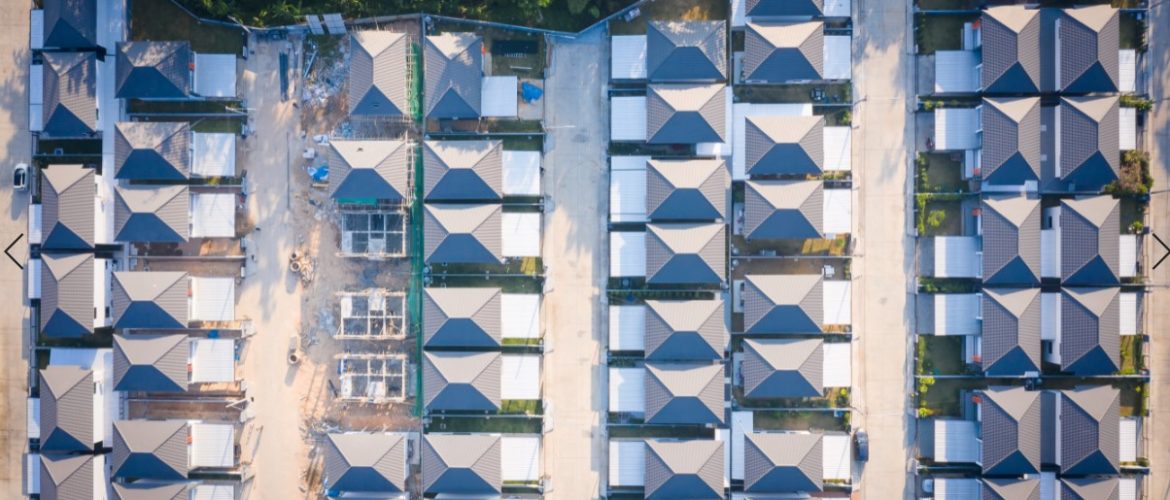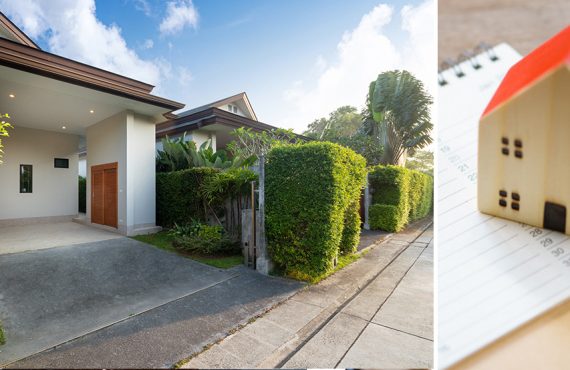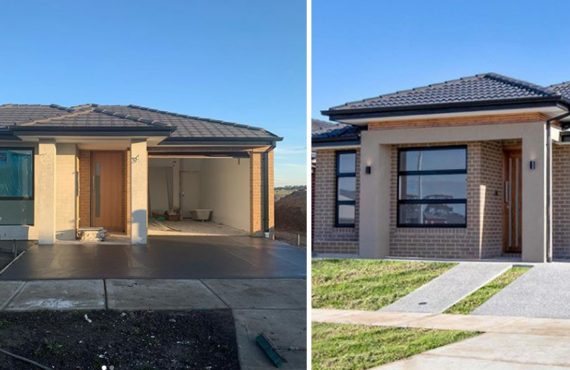If you are buying or selling a large parcel of land, consider whether or not subdividing the land can help you maximize your real estate resources. Here are a few considerations for landowners, or those seeking to buy land, who are thinking about subdividing:
Get intimately acquainted with your zoning laws.
The first step towards subdividing a property is to understand the zoning requirements that apply to your site. In addition to the Residential Design Codes of Western Australia, most land in Australia is subject to the individual policies of local councils. These set out standards such as minimum lot sizes, and are therefore critical in determining the scope and subdivision potential of your property.
Other factors that can influence whether you are allowed to subdivide your block include any state planning policies, local planning policies, the shape of the block and whether or not an existing home is going to remain or be removed in order to subdivide the land.
Consider the size.
Another determining factor in subdivision approval is the size of the property. Municipal councils each have their own minimum square metre requirement for a proposed subdivision, but, as a general rule, it’s best to stick to properties over 700 sq m. Be sure you’re aware of your exact land area before undertaking a subdivision project.
In addition, you should always take stock of your buildable space when reviewing your land size.
Some council’s will factor in every inch of land on your property when calculating your total block size, while others exclude driveways and easements.” Given that councils will often require you leave room for a suitable driveway (usually measuring between 2.5 to 3.5 m), it’s a good idea to think about driveway space when adding up your square metres. Bear in mind your plot should be large enough to accommodate council minimums as well as sufficient driveway land.
Know your topography.
The slope of your property will have an immediate impact on your ability to subdivide. Land area minimums per dwelling may change from council to council according to the topography of your block. As such, you should always take your property incline into account before making any major development decisions. Remember, too, that any construction built on an angle will need added features such as retaining walls that are bound to increase overall costs.
Take note of your specific location.
As with any real estate endeavour, location matters. When scouting for new subdivisions, you should consider the exact address of the chosen property as well as its surroundings. Corner plots, for example, will make for easy and convenient subdivisions that will yield plenty of desirable street frontage, while a property’s general proximity to shopping centres, schools and transport hubs will make the land more attractive to buyers and renters.
Find The Right Builder
If you’re planning for subdivision of land and building a new home, you need to make sure you have the right builder on your team. You need to find a local builder who knows the market and has experience in subdivided blocks and builds. They’ll have a good working knowledge of the legislation and policies around subdivision and building and be an asset to your project.
Thinking about subdividing your block? Get in touch with our team at ParkVue Homes today. As one of the leading custom builders in Australia, we’re ready to help you unlock the potential of your block. Contact us today to arrange an obligation free site assessment.



